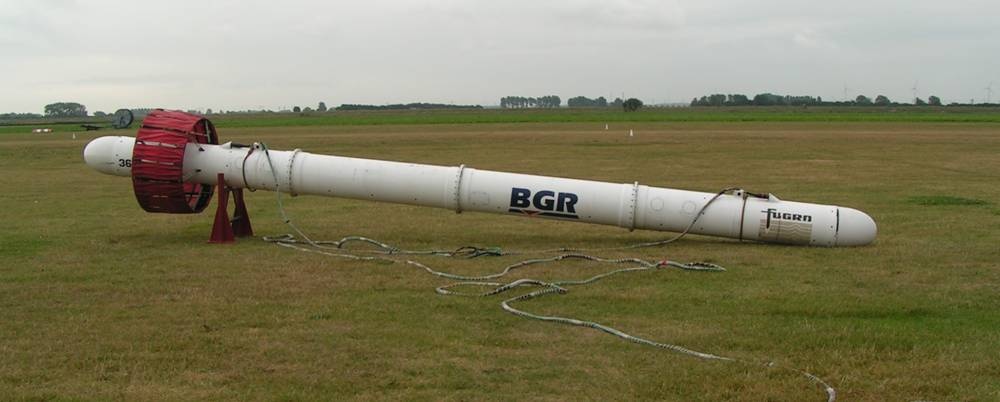Fresh groundwater in coastal areas throughout the world is a popular water resource for domestic, agricultural and industrial activities due to the availability of huge quantities and its high quality relative to surface water. For the future, the use of fresh groundwater resources is very likely to increase due to population rise (especially in megacities), economic growth, intensified agricultural development, and the loss of surface water due to contamination. The negative effects of salinisation is detected in the exploitation of groundwater for drinking water purposes and groundwater for agricultural use and nature conservation. In addition, sea level rise and the associated changes in recharge and evapotranspiration pattern will intensity the pressure on this coastal groundwater. |
|
Data scarcity often limits sustainable management of these groundwaters worldwide. Mapping and monitoring the current spatial extent of fresh groundwater resources normally requires detailed in-situ information of large areas, which is seldom available. As an alternative, remotely sensed data are a cheap way of collecting data and cover large areas in a short time span. In this research, Airborne Electromagnetic (AEM) geophysical methods are exploited. These AEM methods are especially suited for detecting the salinity of groundwater due to the impact of salinity on the conductivity for electrical currents used in EM (Fig. 1 and 2). Complicating factors include the effect of man-made infrastructure that transports electrical currents (powerlines, railways, etc.) and the effects of the underlying geological structure. Both salinity and lithology influence the response of the EM system and it is therefore important to be able to unravel the combined effect of these two factors. |
|
|
...

